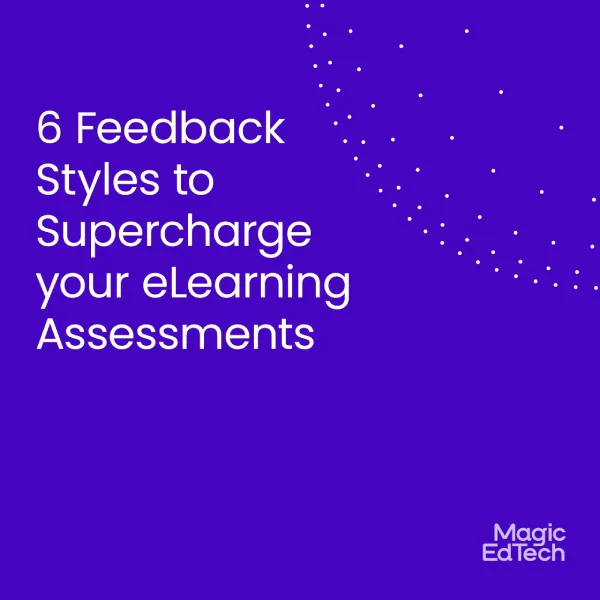What to Expect with WCAG 2.2
- 2 February, 2022
- Reading Time: 5 mins
The World Wide Web Consortium (W3C), the international community whose mission is to lead the Web to its full potential, is finalizing the new Web Content Accessibility Guidelines (WCAG). WCAG currently follows the 2.1 guidelines, introduced in 2018. These guidelines define how websites and digital materials can be built so that users of all abilities can access them.
Why are there new guidelines coming out? To keep up with our evolving technologies and to be more inclusive. These new guidelines are aimed at improving accessibility for everyone, but with a keen eye on users with cognitive and learning disabilities, users with low vision, and users with disabilities on mobile devices. WCAG 2.2 is expected to be released in June 2022. The working draft and editors’ draft can be accessed on the W3C website.
So what can you expect when the new guidelines come out? Let’s take a look. Remember, these are still in draft form–nothing is final until the official release.
First, it’s important to note what is NOT changing.
There are still four main principles (Perceivable, Operable, Understandable, Robust) and three levels of compliance (Level A, Level AA, and Level AAA). There are multiple guidelines per principle, and multiple levels per guideline.
- Level A is the minimum level of conformance.
- Level AA includes all of the Level A and AA requirements. (This is the most common level of conformance.)
- Level AAA includes all Level A, AA, and AAA requirements.
All of the current WCAG 2.0 and 2.1 success criteria are exactly the same. Nothing will be removed, and no wording is changing. Guideline 2.4.7 Focus Visible is getting an upgrade, though. This will now be a Level A (minimum) requirement in WCAG 2.2 (up from Level AA in WCAG 2.1).
Nine new guidelines
There are nine (9) new guidelines, spread between Levels A, AA, and AAA conformance. We’ve broken these down for you.
Level A (minimum requirement)
- 2.4.13 Page Break Navigation: allows all users to locate the same content; most helpful for print-to-digital formats like EPUB
- 3.2.6 Consistent Help: provides Help information in the same location and format throughout an application. This supports users with cognitive disabilities who may struggle with interface changes throughout an application.
- 3.3.7 Accessible Authentication: provides alternative ways to authenticate a user aside from cognitive tests. Have you seen the “Rob Ott” insurance commercial? Think of this as proving you aren’t a robot without having to know what an overpass is.
- 3.3.8 Redundant Entry: auto-populate information to prevent re-entry. There are some noted exceptions, but the goal is to reduce cognitive load.
Level AA (You’re probably here)
- 2.4.11 Focus Appearance (Minimum): defines the minimum size and contrast for a user interface receiving a visual focus. This will make it easier for people to see where they are on the page.
- 2.5.7 Dragging Movements: provide alternate mode of operation to move elements. This supports users who may struggle to perform dragging in precise motions
- 2.5.8 Target Size (Minimum): defines minimum size and spacing for target elements (such as buttons). Allowing for more space between elements can prevent unforced errors on things like submitting a form.
- 3.2.7 Visible Controls: provide user interface components to all users (no hiding!).
Level AAA
- 2.4.12 Focus Appearance (Enhanced): defines more stringent criteria for focus indicators
What do I do when WCAG 2.2 is released?
Don’t panic! As with all things accessibility, these changes will take time to catch on in the ed tech industry. Once we all get a handle on these updates, the next version of guidelines will come out. (Trust us. There’s already conversations around this.)
At Magic EdTech, we will be able to provide you with an audit against WCAG 2.2 guidelines, and we can help you decide how to incorporate these changes into your roadmap. Remember, accessibility is a journey, not a destination. We are here to partner with you as we work towards our mission of making digital learning for everyone.




